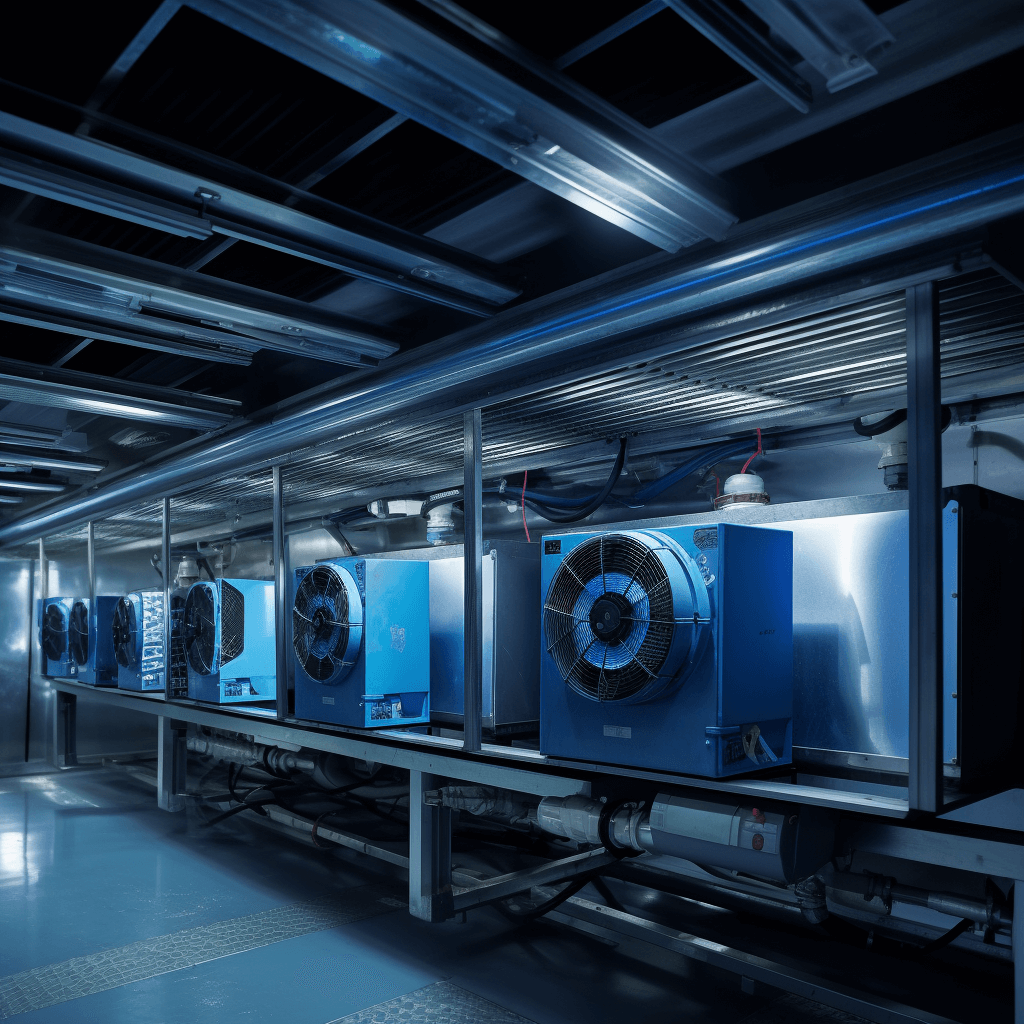The Unseen Connection: Commercial Refrigeration and Indoor Air Quality
In the bustling realm of commercial establishments, from restaurants to medical facilities, the importance of refrigeration is undeniable. But beyond the obvious role of keeping products cool, have you ever paused to consider how your commercial refrigeration system might be influencing the very air you breathe? Let's dive deep into this often overlooked connection.
The Basics: How Refrigeration Works
Before we delve into the nitty-gritty, it's essential to understand the basics of how commercial refrigeration systems operate. At their core, these systems:
-
Extract heat from the interior, keeping the inside cool.
-
Release heat into the environment, typically the surrounding indoor space.
This heat exchange process, while crucial for refrigeration, can have unintended consequences on indoor air quality.
Temperature and Humidity: The Twin Pillars of Air Quality
Two primary factors influenced by commercial refrigeration systems are temperature and humidity. Here's how:
-
Temperature Fluctuations: As refrigeration units release heat, they can inadvertently raise the room's temperature. While this might be negligible in a vast space, in smaller rooms, it can lead to discomfort and the need for additional cooling solutions.
-
Humidity Levels: Refrigeration systems can influence humidity in two ways. Firstly, by cooling the air inside, they can cause condensation, increasing humidity. Secondly, the heat they release can lower relative humidity in the surrounding area, potentially leading to dry air issues.
Ventilation: The Unsung Hero
Proper ventilation is paramount in spaces with commercial refrigeration. Without it:
-
Contaminants Accumulate: Refrigeration units, especially older models, can release trace amounts of refrigerants and other compounds. Without adequate ventilation, these can accumulate, affecting indoor air quality.
-
Stagnant Air Prevails: The heat released by refrigeration units can disrupt natural air circulation patterns, leading to pockets of stagnant air where contaminants can concentrate.
The Health Implications
Poor indoor air quality isn't just about comfort; it has tangible health implications:
-
Respiratory Issues: Prolonged exposure to contaminants can exacerbate respiratory conditions like asthma and allergies.
-
Skin Problems: Dry air, a potential byproduct of refrigeration, can lead to skin dryness and irritation.
-
General Discomfort: Headaches, fatigue, and dizziness are all linked to poor indoor air quality.
Best Practices for Maintaining Optimal Air Quality
Fear not, for with awareness comes the power to act. Here are some steps you can take:
-
Regular Maintenance: Ensure your refrigeration system is regularly serviced to minimize the release of contaminants.
-
Ventilation: Invest in a robust ventilation system. This will help dissipate the heat released by refrigeration units and ensure a continuous supply of fresh air.
-
Monitor Humidity: Use humidity monitors to keep tabs on moisture levels, and employ dehumidifiers or humidifiers as needed.
AirGreen: Your Partner in Excellence
At AirGreen, we're not just about selling HVAC solutions; we're about ensuring that every aspect of your indoor environment is optimal. From guiding you on the best commercial refrigeration systems to offering insights into maintaining impeccable indoor air quality, we're with you every step of the way. Trust in our expertise, and breathe easy knowing you're in capable hands.

